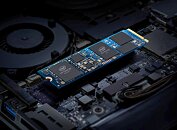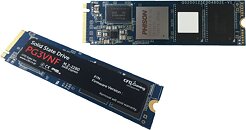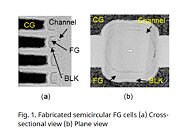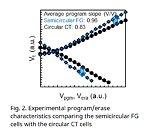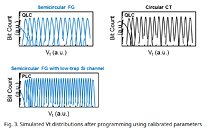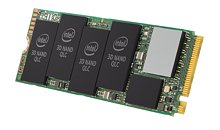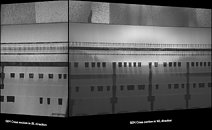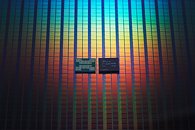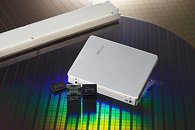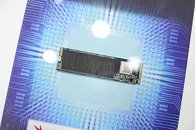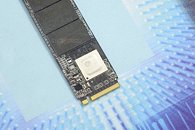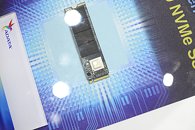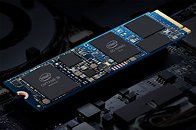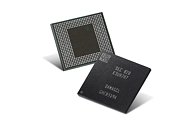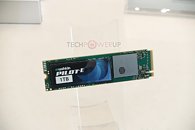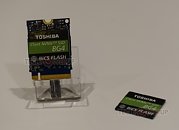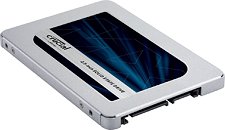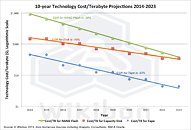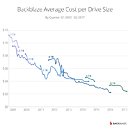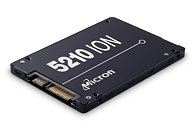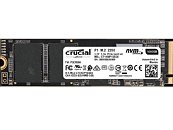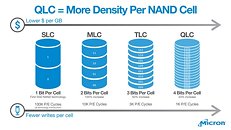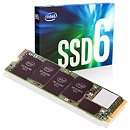
Intel Builds 10 million QLC 3D NAND Solid-State Drives
Last week, Intel's memory and storage group produced Intel QLC 3D NAND solid-state drive (SSD) number 10 million based upon the QLC NAND die built in Dalian, China. Production began in late 2018, and this milestone establishes QLC (quadruple-level cell memory) as a mainstream technology for high-capacity drives.
"Many have talked about QLC technology, but Intel has shipped it, and at scale," said Dave Lundell, director of Client SSD Strategic Planning and Product Marketing at Intel. "We have seen strong demand for the cost-effective capacity of our standalone QLC SSD (Intel SSD 660p) and the performance of our Intel Optane Technology + QLC solution (Intel Optane Memory H10)."
"Many have talked about QLC technology, but Intel has shipped it, and at scale," said Dave Lundell, director of Client SSD Strategic Planning and Product Marketing at Intel. "We have seen strong demand for the cost-effective capacity of our standalone QLC SSD (Intel SSD 660p) and the performance of our Intel Optane Technology + QLC solution (Intel Optane Memory H10)."
